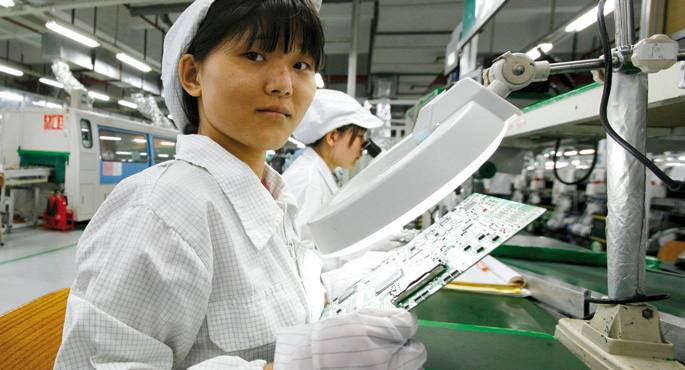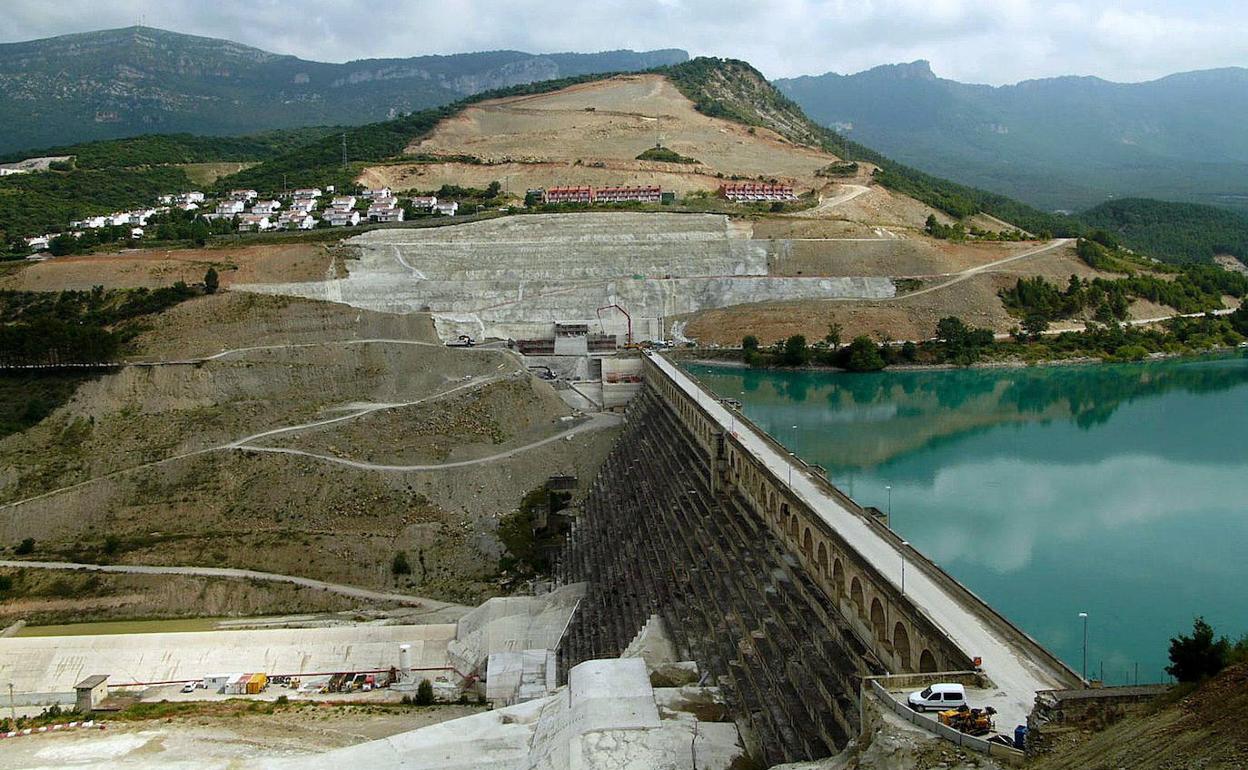Leading the platoon in 2020, but about to catch the brooms in the welfare race
- The Chinese economy has just surpassed the size of Japan and, by the end of the next decade, it can also surpass the US economy. The Basque economy, although far from these parameters, has begun to enter the main areas of China and wants to benefit from a country of 1.4 billion inhabitants with enormous import and export potential.

The Chinese economy outperformed the Japanese economy for the first time in the first half of 2010. And all indications are that this Asian economy will also surpass that of the United States by the end of the next decade. The World Bank has also set a specific date for this: The year 2020. This country, which has a great export and import potential, has attracted the attention of several Basque companies several years ago, such as the Mondragon Cooperative Group, which has already established several industrial plants there. Subsequently, other Basque companies took the path of Mondragón and are already doing business in these areas. Last September, a delegation of UAE Chambers of Commerce traveled to China to explore business opportunities and reach agreements with several Chinese companies.
USA, China and Japan: the three powers of the world
The Chinese economy has experienced steady growth since Den Xiaoping initiated reforms in 1978. And this growth has been much higher than the average of the world economy. The following are some of the facts that ensure and make predictions of growing dominance: export leadership; the growing relative importance of value-added productions, far from simple labour-intensive manufactures alone; the importance of international reserves; the potential flow of foreign direct investment; growing control over the production of raw materials; the capitalization achieved by various Chinese companies, etc.
As a result, China’s economy has surpassed Japan’s in size in 2010.Japan’s nominal GDP reached $1.2 trillion in the second quarter of the year, while China’s was $1.337 trillion. In the first half of the year, however, Japan’s GDP was higher than that of China (5.05 trillion Japanese and 4.9 trillion Chinese). The progress of the Chinese economy is unstoppable and the recovery of the Japanese economy remains very fragile, threatened by deflation, public debt and weak domestic demand.
The attached table contains the global GDP classification. Only the US is above China with a GDP of 14.6 trillion dollars. China’s GDP, year after year, is moving away from the GDP of Japan, Germany, France and the United Kingdom. Even more so from the Spanish GDP, which stands at 1.37 trillion dollars and is the 12th in the world ranking.
China still in development
Despite the high figures of the Chinese economy, the country with 1.4 billion inhabitants is still developing. And this thesis is not of foreign inspectors who observe the Chinese economy and reality, but of its leaders. This was stated last July by Jao Jian, spokesman of the Chinese Ministry of Commerce: “More efforts are needed to improve the economic quality and standard of living of the population. In addition to total GDP, we should also be concerned about GDP per capita.”
Some representative data
Despite the fact that there are more luxury cars in China than in many millionaires and European capitals, the annual per capita income of Chinese people ($3,600) is much lower than that of Japan ($37,800) or the United States ($42,240). Beijing has sent two manned missions into space, but 150 million people still live below the poverty line, according to the United Nations scale. Therefore, in the 2009 global GDP per capita ranking, China ranked 103rd between Angola and El Salvador, according to World Bank data. Japan was the 22nd.
Bilbo Europan eta Hego Amerikan sartzeko portu gisa balia dezake Txinak. Hauxe da Europako Batzordeko Kanpo ministro ohi eta NATOko idazkari nagusi ohi Javier Solanaren tesietako bat, El País egunkarian argitaratutako España como puerto de entrada para China (Espainia Txinarentzako sarrera portu) izenburuko artikuluan azaldu zuenez. Solanak Build Your Dreams (BYD) enpresa erraldoi txinatarrak Berge euskal taldearekin sinatutako operazioa nabarmendu zuen; BYD etorkizuneko ibilgailu elektrikoentzako ezinbestekoak diren bateria elektrikoen munduko liderra da eta Berge horien banatzaile izateko akordioa lotu dute. Testuinguru horretan, galdera hau botatzen du Solanak: “Zergatik ez dute BYDren Europako eta Hego Amerikako egoitza Espainian jarriko? Gune operatiboak Madril eta Bilbo izan litezke”.
Orain arte, Txina eta Euskal Herriaren arteko harreman ekonomikoak nagusiki EAErekin izan dira. Egungo harremana oso desorekatua da, hobetzeko asmoa izan arren EAEk 712,2 milioi euro inportatzen eta 259,0 milioi euro esportatzen ditu. Proportzionalki, Dragoi Handiaren eta Espainiako Estatuaren arteko harremana ez da hobea. Txinak urtean 15.000 milioi euro saltzen dizkio Espainiako Estatuari eta erosi, berriz, 2.000 milioi baino ez, 2009ko datu ofizialen arabera.
SPRI taldearen azken datu ofizialek diotenez, 2008an 107 euskal ezarpen zeuden Txinan, benetan 92 enpresarenak izan arren, horietako batzuk egoitza bat baino gehiago baitzuten. Gehienak, %49, ekoizpen plantak ziren, %36 merkaturatze guneak eta gainerako %16 zerbitzu guneak.
Andrea Velasko dietista eta nutrizionistak elikaduraren bidez menopausiak eragindako aldaketak kudeatzeko zenbait gako eman ditu.
BRN + Auzoko eta Sain mendi + Odei + Monsieur le crepe eta Muxker
Zer: Uzta jaia.
Noiz: maiatzaren 2an.
Non: Bilborock aretoan.
---------------------------------------------------------
Ereindako haziek ura, argia eta denbora behar dute ernaltzeko. Naturak berezko ditu... [+]
Antonio Turiel fisikari eta CSICeko ikerlariak aspaldiko urteetan ez bezala bete zuen Hernaniko Florida auzoko San Jose Langilearen eliza asteazkenean. Zientoka lagun elkartu ziren Urumeako Mendiak Bizirik taldeak antolatuta Trantsizio energetikoaren mugak izeneko bere hitzaldia... [+]























